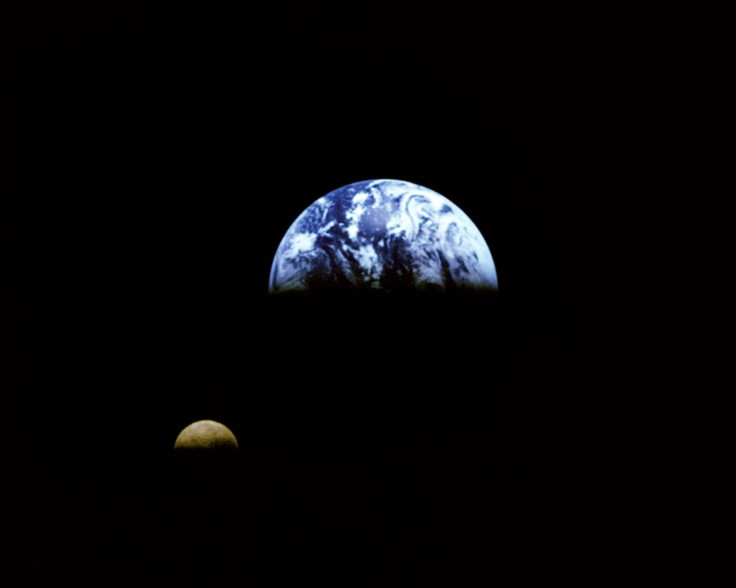This 'Quasi-Satellite' Asteroid May Have Been A Part Of The Moon: Study
KEY POINTS
- Near-Earth asteroid Kamo'oalewa was discovered in 2016
- Analysis suggests it may be a "lost fragment" of the moon
- It may last in its current orbit for only "300,000 years in the future"
Did a part of the moon break off of it to become an asteroid? Analysis of a quasi-satellite suggests it may have lunar origins, researchers have found.
Quasi-satellites are near-Earth small solar system bodies that orbit the sun but remain close to the Earth, the researchers of a new study, published in Nature Communications Earth and Environment, noted.
The Earth has five quasi-satellites, and one of them is Kamo'oalewa. It was discovered using the PanSTARRS telescope in Hawaii in 2016 and is named after the Hawaiian creation chant referring to an "offspring that travels on its own," the University of Arizona (UArizona) stated in a news release.
At about the size of a Ferris wheel, Kamo'oalewa is quite small, has a "very Earth-like" orbit, and becomes bright enough to be seen from Earth for two weeks every April, but only using large telescopes on Earth. These make for unique opportunities to study it, and that's exactly what the researchers of the new paper did.
For the study, the team of astronomers observed Kamo'oalewa using the Large Binocular Telescope that's managed by UArizona as well as the Lowell Discovery Telescope. The researchers found that its spectrum, or the pattern of reflected light, actually matches that of the lunar rocks from the Apollo missions. Although possible answers to Kamo'oalewa's origin are "speculative," as per the researchers, the findings suggest that it may actually have once been a part of the moon and simply broke away.
"This interpretation implies extensive space weathering and raises the prospect that Kamo'oalewa could comprise lunar material," the researchers wrote.
Exactly how this may have happened, however, is unclear, especially since no other known asteroid has been identified to have lunar origins, UArizona noted.
"I looked through every near-Earth asteroid spectrum we had access to, and nothing matched," study lead author and UArizona planetary sciences graduate, Ben Sharkey, said in the university news release. "This spring, we got much needed follow-up observations and went, 'Wow it is real.' It's easier to explain with the moon than other ideas."
Furthermore, its Earth-like orbit with a slight tilt also adds to the idea of it having originated from the moon. As study co-author Renu Malhotra of UArizona explained in the news release, such an orbit is "not typical" among near-Earth asteroids.
"It is very unlikely that a garden-variety near-Earth asteroid would spontaneously move into a quasi-satellite orbit like Kamo'oalewa's," Malhotra said.
That said, Kamo'oalewa won't be in its current orbit forever. According to Malhotra, they estimate that it came to be in its current orbit some 500,000 years ago and could remain there for just "300,000 years in the future."

© Copyright IBTimes 2025. All rights reserved.






















